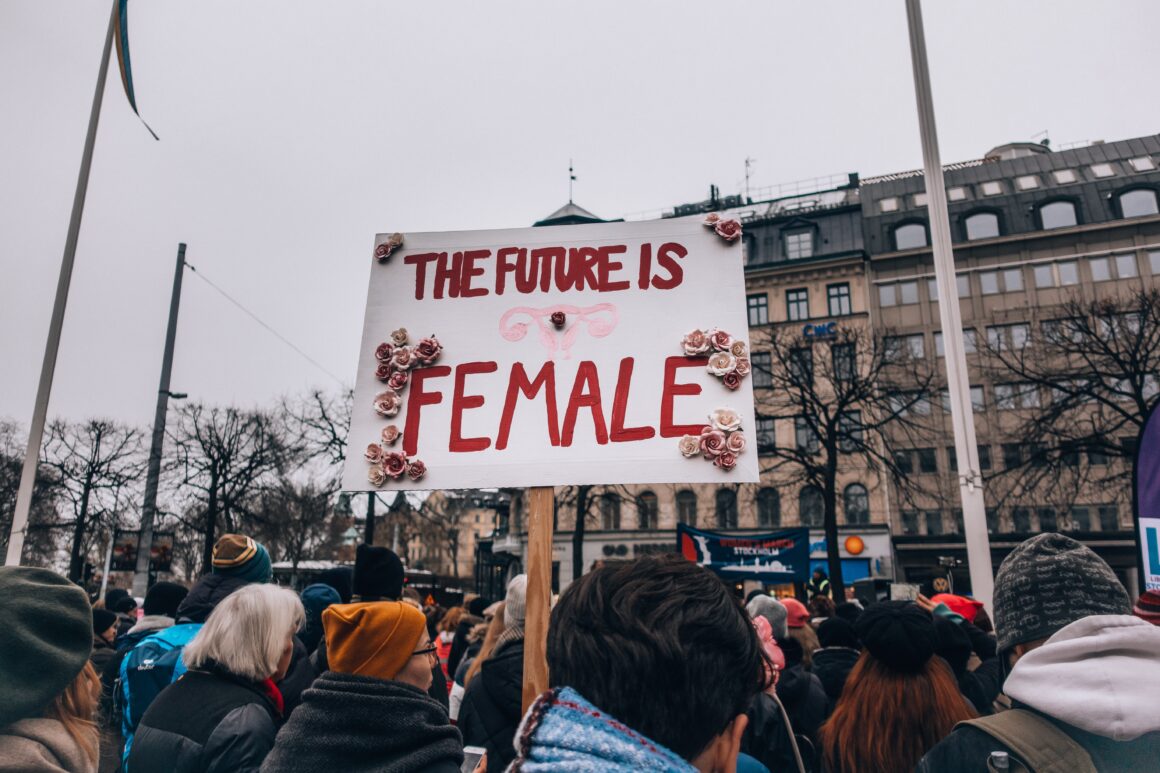Mikayla Holmgren took the world of pageants by storm by showing them that beauty need not fit one rigid, exclusive, mold; there’s room for everyone. The 22-year-old became the first woman with Down Syndrome to compete in a Miss USA State Pageant.
The Miss Minnesota pageant, which took place on Tuesday, hosted yet another historical barrier-breaking moment of inclusivity, with Halima Aden’s — a Muslim hijabi woman — participation in 2016.
Mikayla Holmgren is from Marine on St. Croix and a student at Saint Paul’s Bethel University. At 6 years old, she started dancing and hasn’t stopped since. She has been a part of dance troupes and is currently in her university’s Dance Team.
Mikayla did not simply come to compete — she comes with a message.
She wrote this on her GoFundMe page, which sought to raise money to cover unexpected expenses during her participation in the Miss Minnesota Pageant.
She also won the title of Minnesota Junior Miss Amazing 2015.
https://www.instagram.com/p/BawgYtNjHDz/?taken-by=mikholmgren_inspiring_others
While her Instagram name seems to say it all, it is important to add that Mikayla Holmgren did not just stop at one win. She wanted bigger, more bountiful successes to break stigmas and barriers for women facing disabilities. So she applied for the Miss Minnesota Pageant.
Her participation in Miss Minnesota bought her the Spirit of Miss USA Award and the Director’s Award. In a beautiful blue gown and joyful tears adorning her elated face, she accepted her awards and showed the power of diverse beauty.
https://www.instagram.com/p/BcGkiLJHVrD/?taken-by=mikholmgren_inspiring_others
Beauty pageants with their fancy, elaborate gowns, shiny ringlets of freshly curled hair mound onto a head brimming with makeup, does not at first glance say “meaningful.” But they can be. Many times the definition of beauty itself is so exclusive and superficial that it becomes a form of degradation. And while outer beauty alone should not express a woman’s value, a pageant’s practice of diversity defies this superficiality and opts instead to honour the beauty of every aspect of every woman.
Girls with disabilities lack positive media representation. They deserve to be portrayed as beautiful and human. They are not merely pity projects whose only asset is an extraordinary “inner” beauty because our society still cannot fathom the idea of beauty belonging to diversity. When a pageant, a cavalcade dedicated to celebrating beauty, opens it arms to various forms of beauty, it sends out an important message of acceptance to the public. It is essential for pageants like Miss Minnesota to use their influence in the world of beauty to show how beauty should not be restrictive in its definition. Pageants have a voice in the media, and they should use it to send messages of empowerment and inclusivity and give girls with disabilities a platform to show their beauty and share their messages.
When the definition of beauty is diversified, it can become a concept of liberation and inclusivity, allowing all women to embrace it by being themselves. Mikayla’s participation shows that any girl should be able to feel good in makeup and a fancy dress. Just because she does not bear several resemblances to your typical model, does not mean she is not beautiful. Beauty belongs to girls with disabilities, too. You shouldn’t have to look a certain way to feel good about yourself, nor should you have to adhere to constraining guidelines to be considered attractive, and Mikayla is here to show that. Conventionality is painfully exclusive, and unnecessary to confine to.
Even though our society has put restraining bars on what beauty is, it is people like Mikayla, following their dreams and passions, who break the bars and shine their brightest and show the world what beauty really is. Mikayla Holmgren will continue to meet an abundance of successes and show the world that no restrictive barrier will stand in her way. Girls with disabilities deserve to feel and be seen as beautiful because they are- inside and out.


